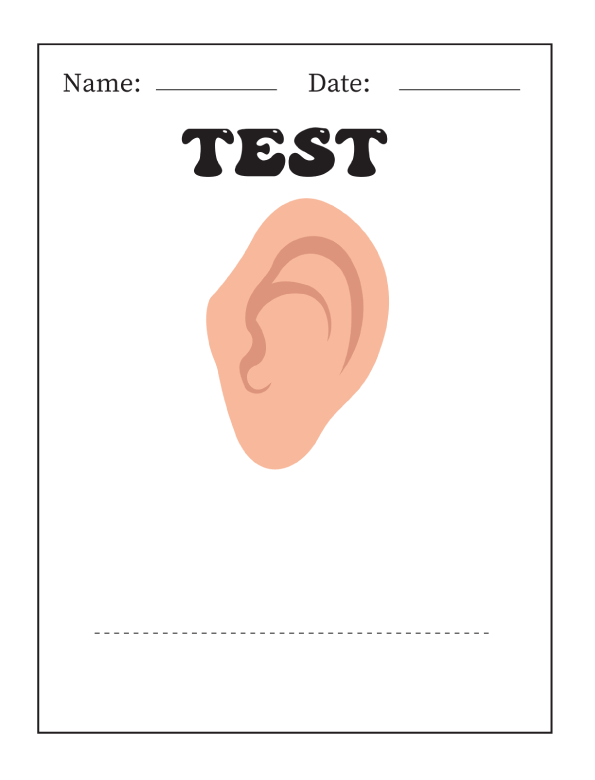Teaching children about the human body in kindergarten is both fun and essential. At this age, children are naturally curious about how their bodies work and how different parts help them play, learn, and grow. With simple lessons, songs, and interactive activities, educators and parents can introduce body parts in a way that builds vocabulary, awareness, and a love for science.
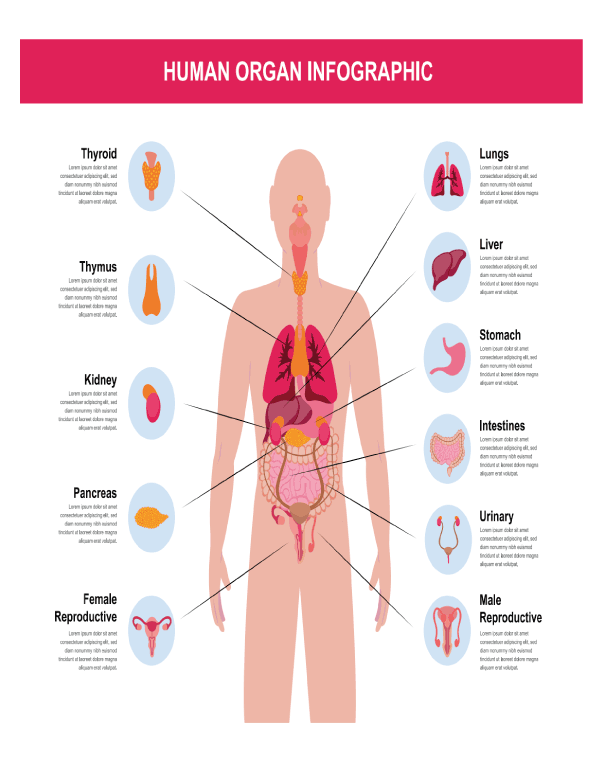
Human Body Intestines and Brain
The human body has a brain that helps us think, learn, and remember. The intestines are inside our tummy and help digest food to give us energy. Teaching kids how the brain and intestines work shows them how important it is to eat healthy and stay curious.
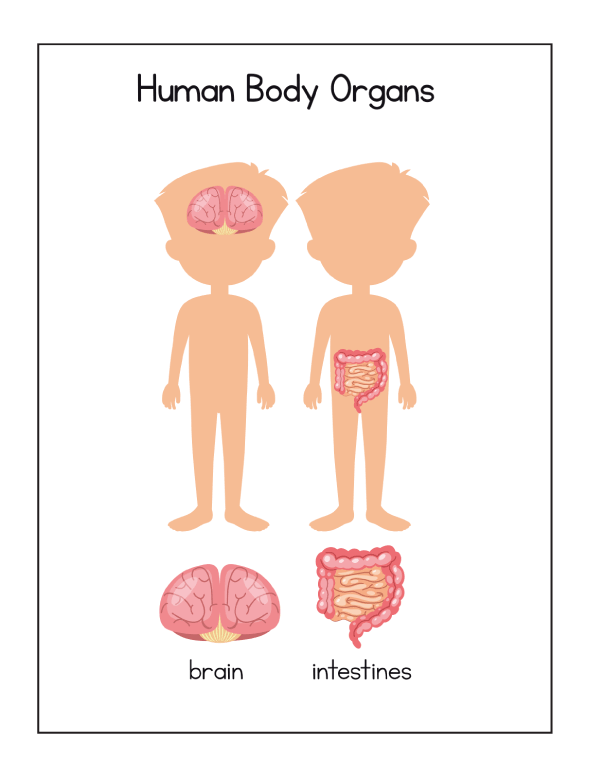
Eyes: Windows to the World
The eyes help us see colors, shapes, and everything around us. Kids love learning that their eyes are like cameras that take pictures of the world. Protecting our eyes is an important lesson in human body care.
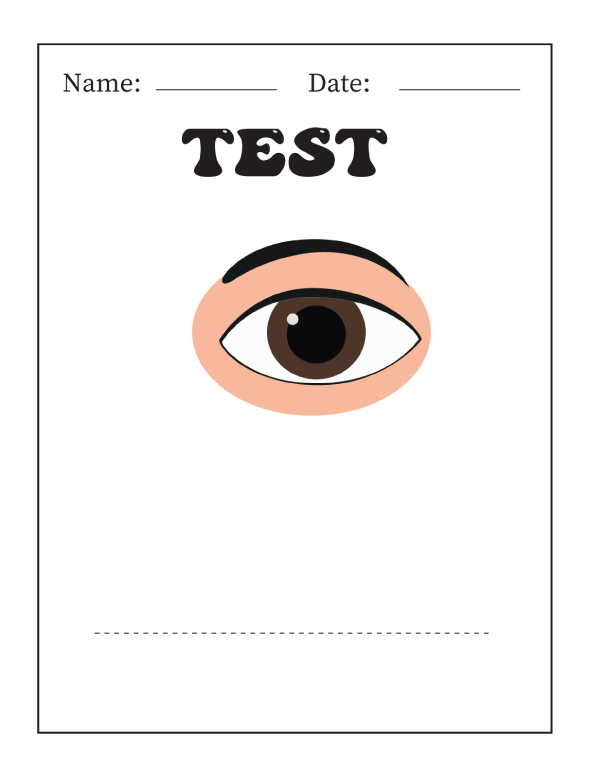
Nose: Breathing and Smelling
The nose is for breathing air and smelling scents. Children discover that their nose helps them enjoy flowers, food, and even know when something is not safe. This makes the nose a special part of the human body.
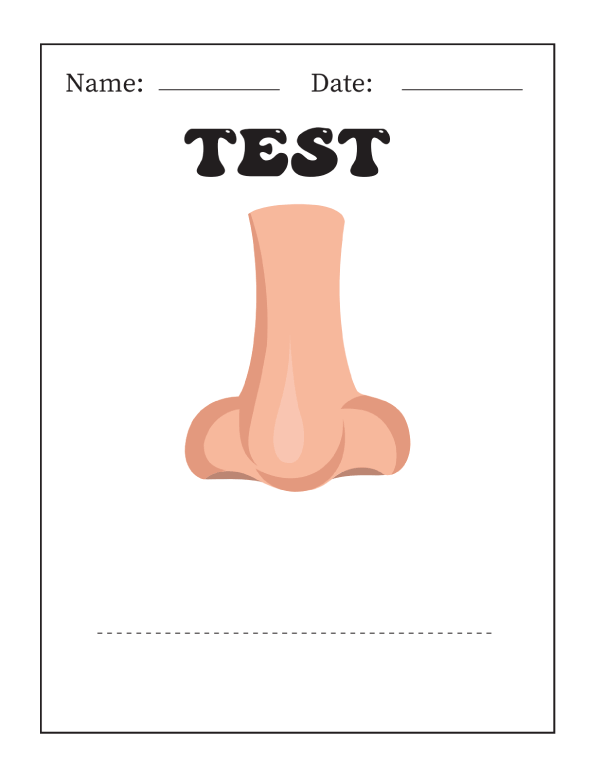
Tongue: Tasting and Talking
The tongue helps children taste sweet, salty, and sour foods. It also works with the mouth to help us speak. Learning about the tongue shows kids how amazing the human body is at communication and enjoying food.
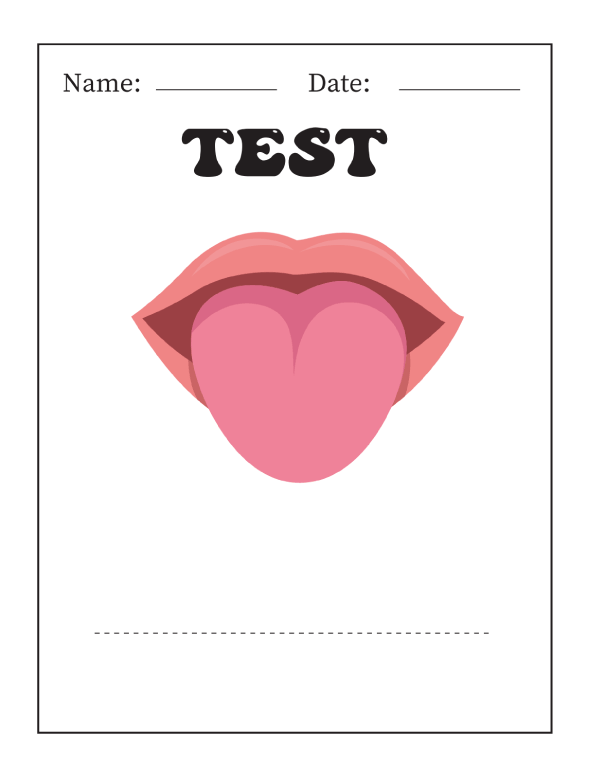
Hands: Tools for Touch and Play
Hands and fingers help us hold, write, play, and create. For kindergarteners, learning about hands makes them realize how much they use this part of the human body every day. Fun activities like painting or clapping make this lesson enjoyable.
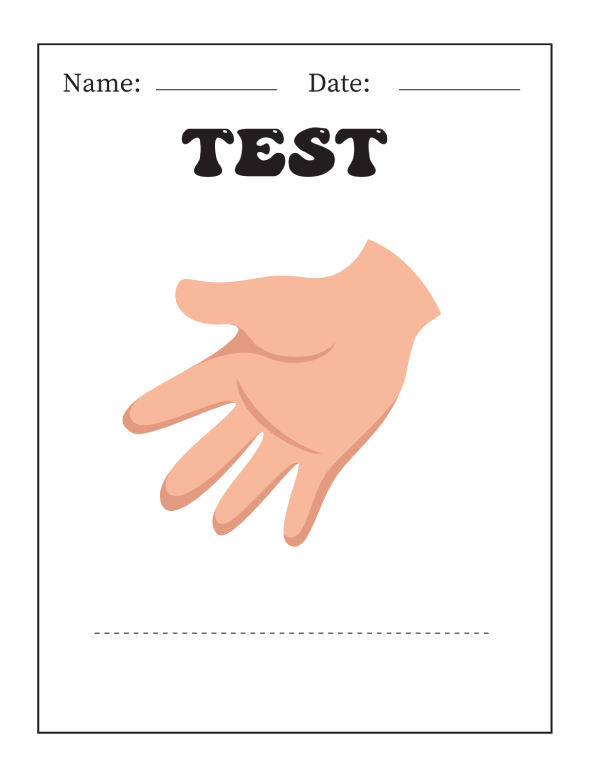
Ears: Hearing and Balance
Ears let us listen to music, voices, and sounds around us. They also help us keep our balance when we walk or run. Kids discover that ears are not only for hearing but also for staying steady, showing how smart the human body really is.
